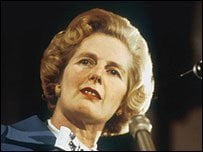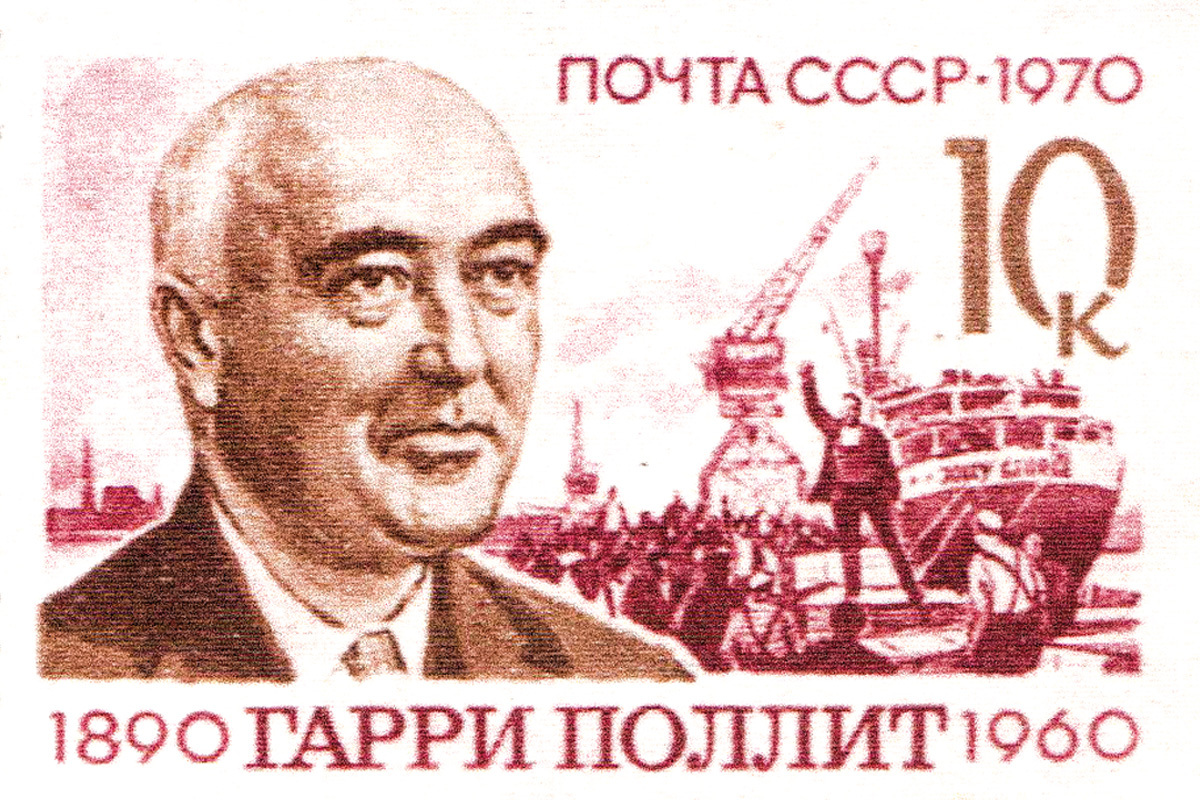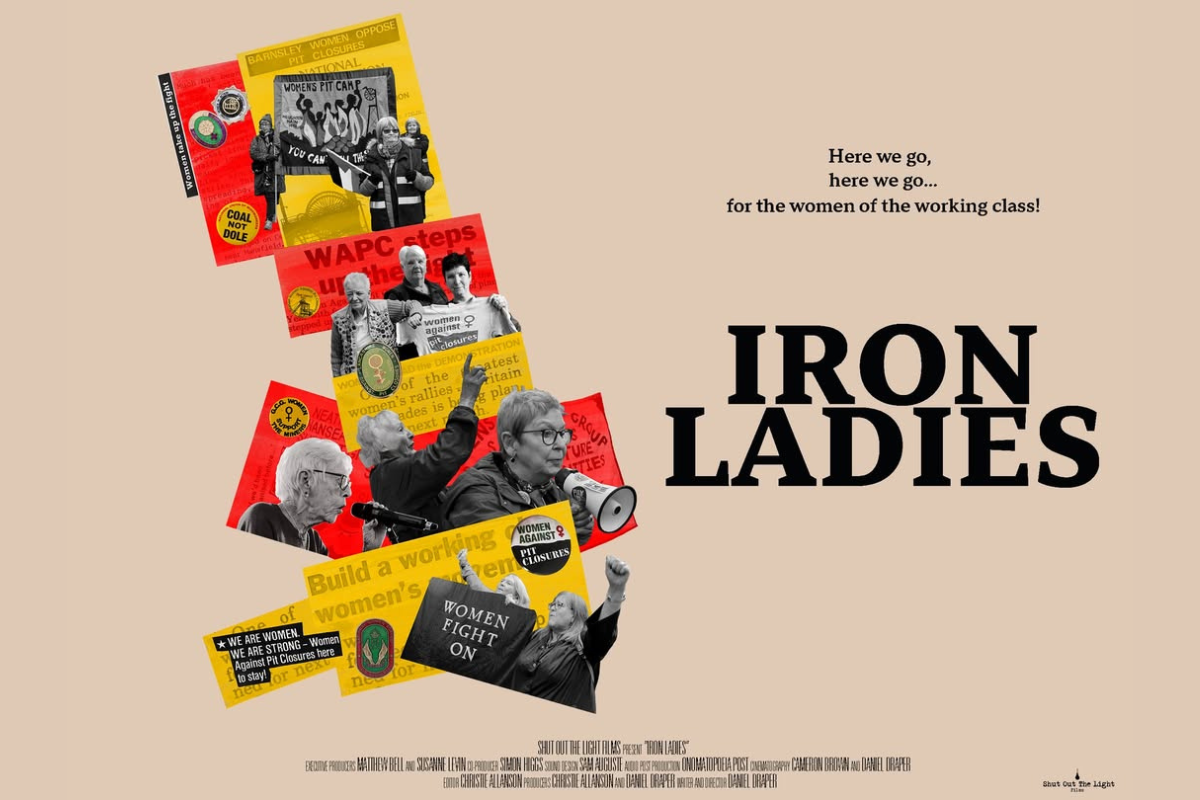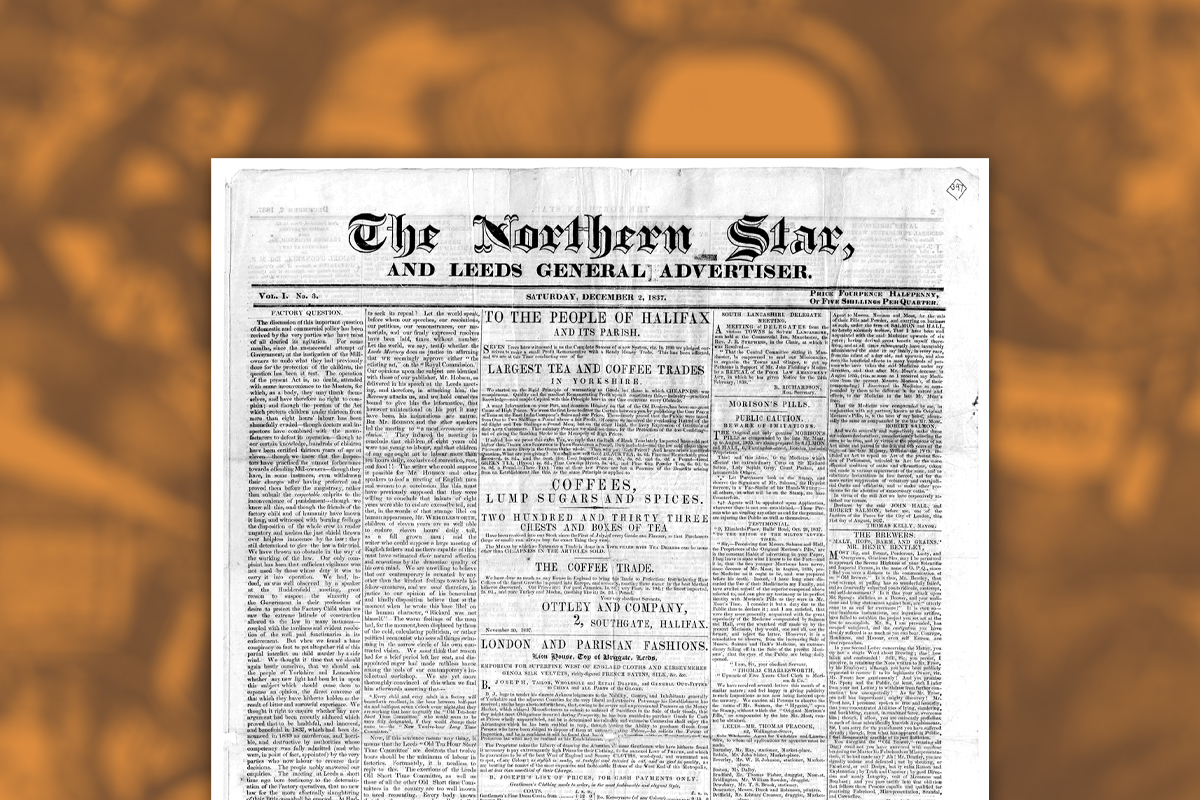The Tory government headed by Margaret Thatcher was elected in May 1979, faced by the most serious crisis British capitalism had seen since the Second World War – untill now. Thatcher was determined to confront the working class and put the burden of the crisis on their shoulders. That is exactly what the Tories want to do now.
The era from 1945 up to 1974 was characterised by a secular boom and virtually full employment in the advanced capitalist countries. As a result the working class was strong and living standards rose steadily year on year. A post-War consensus emerged, shared by both Labour and the Conservatives untill Thatcher became leader, in which full employment was seen as a right to which workers were entitled and to which governments should aspire. Thatcher tore up the commitment to full employment. As converts to the monetarist economics of Milton Friedman, the Tories claimed that governments could not influence the level of employment in the economy. In fact, as we shall see, Thatcher in part deliberately created mass unemployment as a whip to use against the employed workers.
The 1974-79 Labour government had presided over the first general crisis of capitalism since the Second World War. They had been forcibly converted to monetarism and public spending cuts when enfeebled British capitalism had been forced to go cap in hand to the International Monetary Fund for a loan. Labour had tried to revive the capitalists’ rate of profit through wage restraint, agreed to by the trade union tops in order to prop up ‘their’ government. Eventually the ranks rebelled against years of real wage cuts in the ‘winter of discontent’ of 1978-79 and the Tories were elected.
The 1979 crisis budget introduced by the Tories bears remarkable similarities to the 2010 coalition budget. Value Added Tax was pushed up all the way to 15%. The Tories like putting up indirect taxes like VAT because they fall most heavily on the poor. Then, as now, they brought in tax cuts for the rich. The top rate of income tax was cut from 83% to 60% in 1979, just as the 2010 budget cut corporation tax for big business, and there were further vicious cuts in public spending, on top of those proposed by the Callaghan government. The strategy of Thatcher in 1979, in other words, was identical to that of the Con Dems albeit on a much lesser scale. The Tories even froze child benefit in 1979, just as the coalition has in the 2010 budget.
The world economic situation was grim, although the current situation is far worse. The 1974 recession was triggered by an oil price crisis, which meant there was ‘stagflation’ – recession plus inflation. The Iranian Revolution of 1979 that overthrew the Shah provoked a second global recession and further fuelled the fires of inflation. The Tories publicly identified inflation as the main enemy and public spending cuts as the solution. Their justification was different from the coalition, which claims it is necessary to cut the government deficit, but the aims were the same as today.
A White Paper introduced later in 1979 proposed 5% cuts, but the Tories said this was not enough and further cuts were demanded in subsequent budgets. By 1983 Thatcher had carried out cuts equivalent to 6% of GDP. The abiding memories of this Tory regime were classrooms with leaking roofs and buckets to collect the rain and interminable waits for operations in hospital.
Unemployment went through the roof, partly because of the cuts. The jobless total rose 836,000 to 2.13 million in 1980, the sharpest jump in a year since 1930. By 1982 2.7 million people had lost their jobs. If the way of counting had stayed the same, unemployment would actually have peaked at 3.3 million.
So Thatcher did something else that the Con Dems have been at since coming to office. She fiddled the figures. There were 29 different changes to the jobless count under the Tories, all of which reduced the overall total. One of the first things the Con Dems did when they got in this year was to index pension and benefit changes to the Consumer Prices Index, which is lower than the Retail Prices Index.
Did the Tories care about the massive increase in unemployment? They welcomed the rise. As a Treasury mandarin remarked in 1983, “What has emerged in shop-floor behaviour through fear and anxiety is much greater than I think could have been secured by more co-operative methods.” The ‘over-mighty’ trade unions were being tamed by fear. The cost was a tide of factory closures. If mass unemployment were not enough to tip the balance of power decisively away from the working class on the shop floor, the Tories began to enact a whole raft of anti-union laws which made almost all effective trade union action illegal.
British capitalism had historically been dogged by low productivity relative to its rivals. This was because of decades of failure by the capitalists to invest, and was not the fault of the workers. The Tories by 1983 began to boast of a ‘productivity miracle.’ The miracle was a mirage. The figures looked better in part because workplaces that had been on the edge during the 1970s had now been pushed into bankruptcy, and their workers added to the dole queues. As left-wing economist Andrew Glyn pointed out at the time, this is like a cricket team only fielding their top six batsmen. The batting averages will be better than before, but the overall score will be lower. The team is more likely to lose.
The recession meant firms were borrowing more to keep afloat and the public sector borrowed more because the demands on its services are always heavier in an economic downturn. More borrowing meant higher interest rates. The Tories favoured high interest rates in any case, as monetarist quackery saw raising them as a way of controlling the money supply. But there were unintended consequences.
Higher interest rates made it more attractive for speculators to hold sterling. The pound went up to such a high level as to make British exports completely uncompetitive. British relative unit labour costs had increased by 35-45% by 1980 as a result. More factories closed. Manufacturing output fell by 15.75% between 1979 and 1982. Britain went into recession sooner and deeper than any other major economy. That is the real heritage of the 1979-83 Tory government.
Thatcher said she wanted to tame inflation. The increase in VAT predictably fed into higher inflation, which had fallen below 10% under Labour. Inflation soared to 21.9% by 1980 before subsiding in the slump.
Thatcher said she was determined to cut government spending as a proportion of GDP. In fact taxes went from 34% of GDP in 1978-79 to 40% in 1982-83. And public spending rose from 41% to 44% of GDP over the same period. The numbers receiving unemployment benefit jumped from 570,000 to 1.2 million over this time. The cuts failed at what the Tories said they were intended to do – to downsize the state. But what the Tories really wanted was to take on the working class and win.
Why did government spending not go down despite the severity of the cuts? We measure state spending as a proportion of GDP and GDP fell by 5.5% from the time Thatcher was elected to mid 1981 when the recession bottomed out. As the recession hit, more and more people were claiming benefits instead of earning and paying tax. In fact the Tories’ attempts to cut the deficit formed a moving target. The cuts in government spending actually made the recession deeper, so the Tories deemed they needed still more cuts, and the recession became even grimmer. The British economy went into a vicious circle of decline where more and more cuts were needed to hit the target that was moving away from them. This is precisely the same policy as what the coalition government claims will get us out of recession now. The story of the Thatcher administration shows exactly what, on a much higher scale could happen over the next few years. The cuts did not work, even in their own terms, to solve the problems of the economy.
How did they get away with it, since they made so many people’s lives a misery? Thatcher and the brutal cuts inflicted by her government were enormously unpopular. There were riots in deprived areas all over the country. There were huge demonstrations in Liverpool and elsewhere, organised by the Labour Party, which swung sharply to the left after the failure of the 1974-79 government.
The conventional wisdom is that Thatcher was re-elected in 1983 because of the ‘Falklands factor’, a lucky victory in a futile war about a barren lump of rock in the South Atlantic, and because the right wing of the Labour Party split away to form the Social Democratic Party, thus dividing the anti-Tory vote. But the fact is there was no concerted campaign by the trade unions against the cuts. That was the one power that could have stopped Thatcher in her tracks. Let’s make sure the Tories don’t get away with it this time. Forward to a public sector alliance against the cuts!






